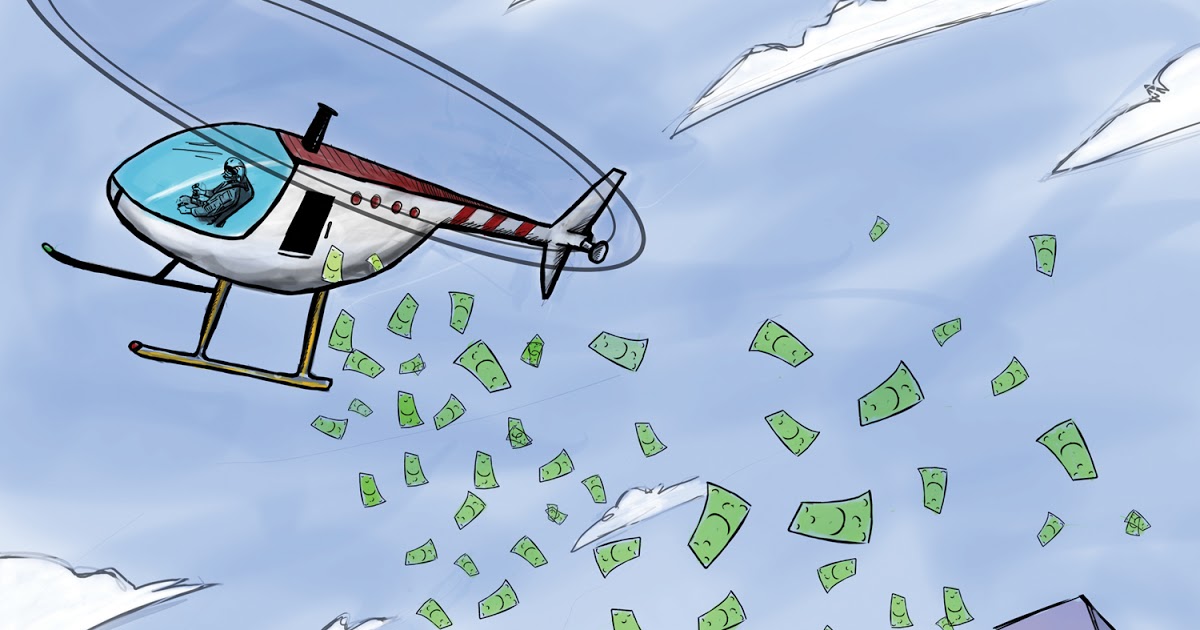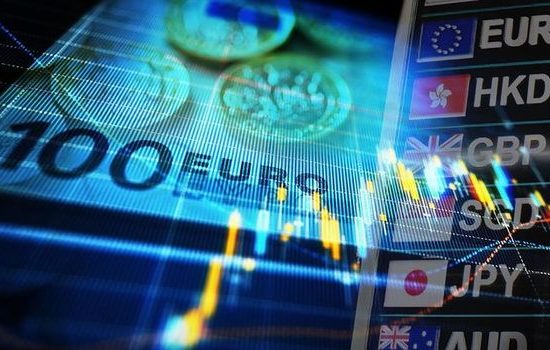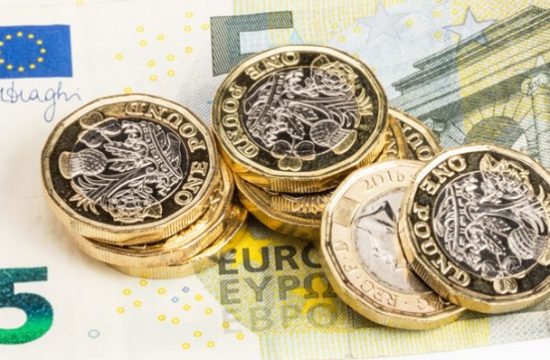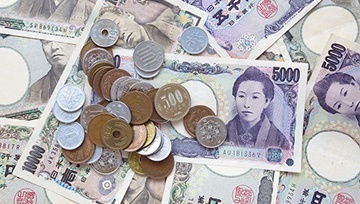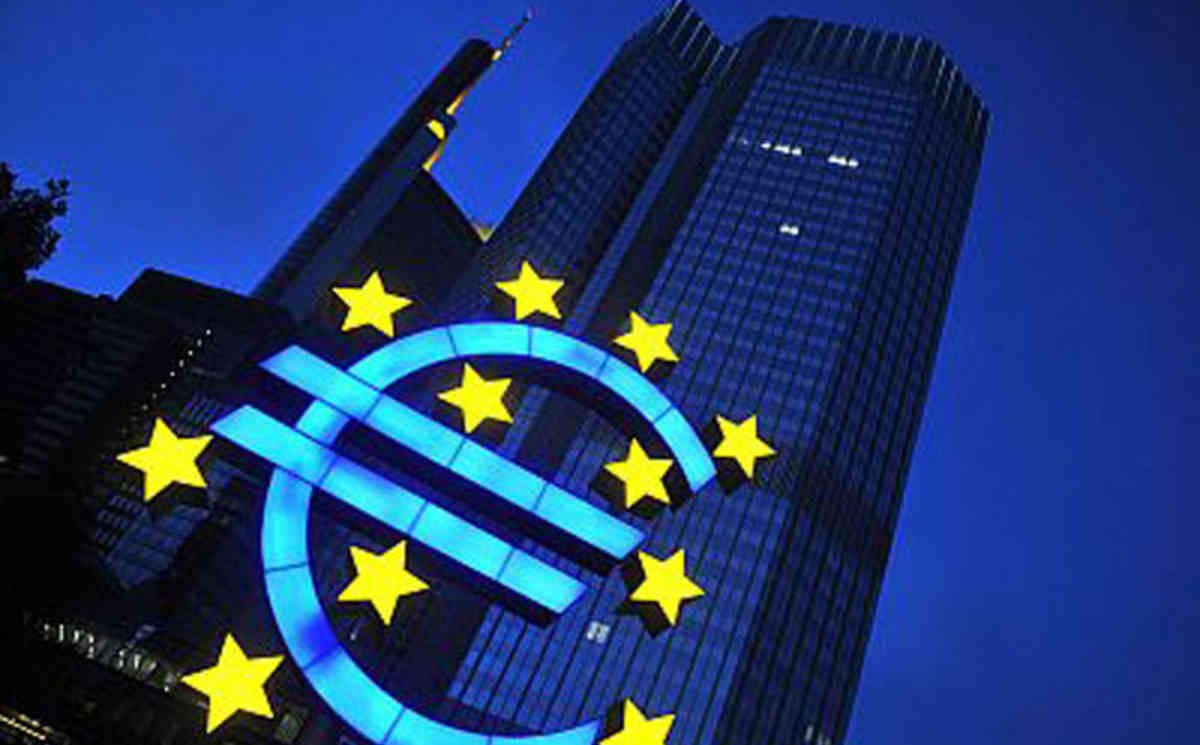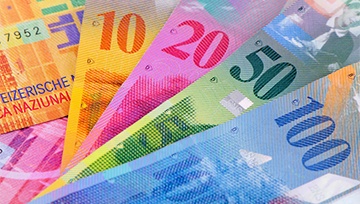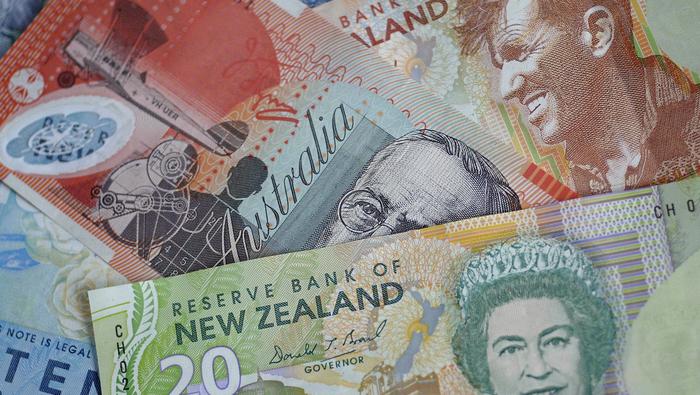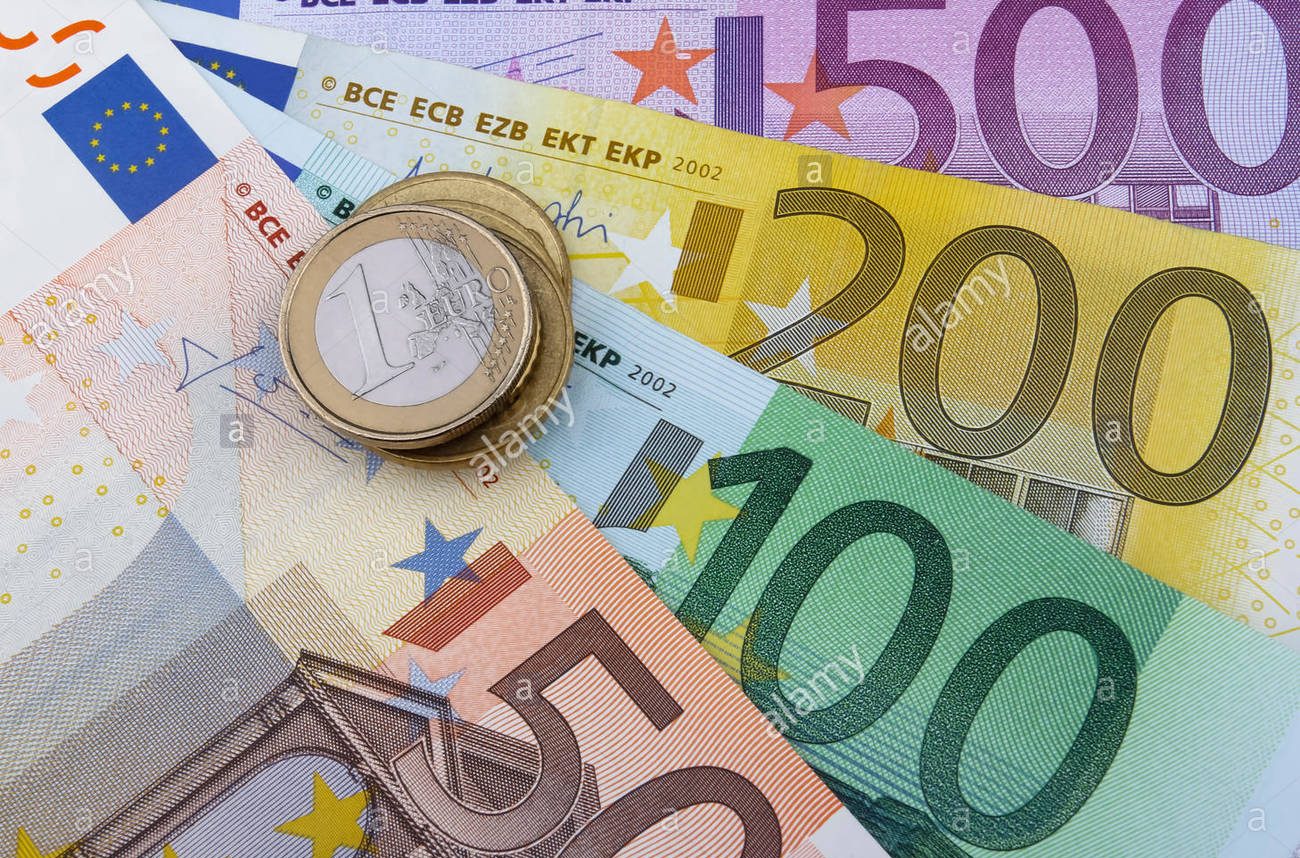
Summary: As the coronavirus outbreak is hitting the economy, the concept of helicopter money is coming back into vogue again. The latest policy measures proposed by Western policymakers are not strictly speaking the implementation of helicopter money, but it looks a lot like it.
Over the past few days, policymakers have proposed bold economic measures to tackle consequences of the COVID-19:
- France’s Emmanuel Macron declared the country “at war” against the virus and claimed he will do “whatever it costs” to save the economy. In his speech to the Nation yesterday, he made a bold promise saying “there will be no bankruptcy” and that the government will offer €300bn of state guarantee to SMEs.
- A few days earlier, Germany pledged unlimited cash to businesses hit by the COVID-19 and deployed a financial bazooka of €550bn to defend businesses that include both loans and credit guarantees provided by the state development agency KFW.
- Inspired by the example of Hong Kong (cash handout of HK$10,000 to all permanent residents), US economists and politicians are discussing direct cash handouts. Yesterday, Sen. Mitt Rommey called for direct government payments of $1,000 to every American adult in order to “increase spending in the economy” (please see his proposal to counter the crisis at the bottom of the page). Harvard professors Jason Furman and Greg Mankiw, both former CEA chairs, respectively under President Barack Obama and under President George W. Bush, proposed the implementation of a similar framework.
- Yesterday, Bill Dudley, ex Federal Reserve board member from New York, suggested making transfers from the government to the people rather than to companies in order to deal with the loss of income.
Even before the start of the crisis, IMF Olivier Blanchard and Macron’s former advisor Jean Pisani-Ferry advocated for the use of helicopter money as a “replacement for the still missing coming fiscal capacity” in the euro area (Nov. 2019).
Strictly speaking, all these measures are not helicopter money, but it looks a lot like it. The basic idea behind this concept is that central banks should give money to the people (that’s why it is also called “QE for people”), in order to increase their purchasing power, rather than helping banks like in the previous crisis. It is quite easy to understand why this concept has a clear political appeal, notably in a period of turmoil. In a little bit more than a decade, we have moved from “bailout banks” in 2007-08 to “bailout SMEs and everything else” at any cost in 2020.
The above examples refer more to fiscal support, but it is directly inspired by helicopter money in the sense that governments are literally giving money away to the people, specifically in the case of cash handouts, in order to avoid the system fall down. The underlying idea is to flood the economy with an unlimited amount of cash to prevent the crisis from worsening. These transfers are causing an increase of public debt and are ultimately financed by government bonds that will likely be purchased by central banks. This is a good moment to remember that more than 70% of Germany’s sovereign debt and more than 60% of France’s sovereign debt are held by central banks at the global level.
As the economic impact of the COVID-19 outbreak is likely to be more visible in the coming weeks, the concept of helicopter money will certainly generate more and more support among policymakers. Central banks have done their maximum over the past two weeks to make sure liquidity is flowing into the market and that interest rates remain at low levels. The problem is that low-interest rates do not automatically induce a significant revival of private investment and consumption.
Central banks can push rates as low as possible if there is not enough demand and if SMEs are strangled by cash flow problems and lack of confidence in the future, the economic machine will not restart. Cash handouts could bring short-term economic relief and help to build businesses’ cash reserves and stimulating demand on the condition that cash is not saved (as it might, unfortunately, be the case in many European countries). But this flow of money into the system, both resulting from fiscal and monetary stimulus, is not without consequences and could spur inflationary pressures if not controlled.

